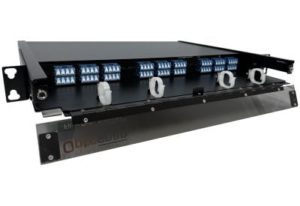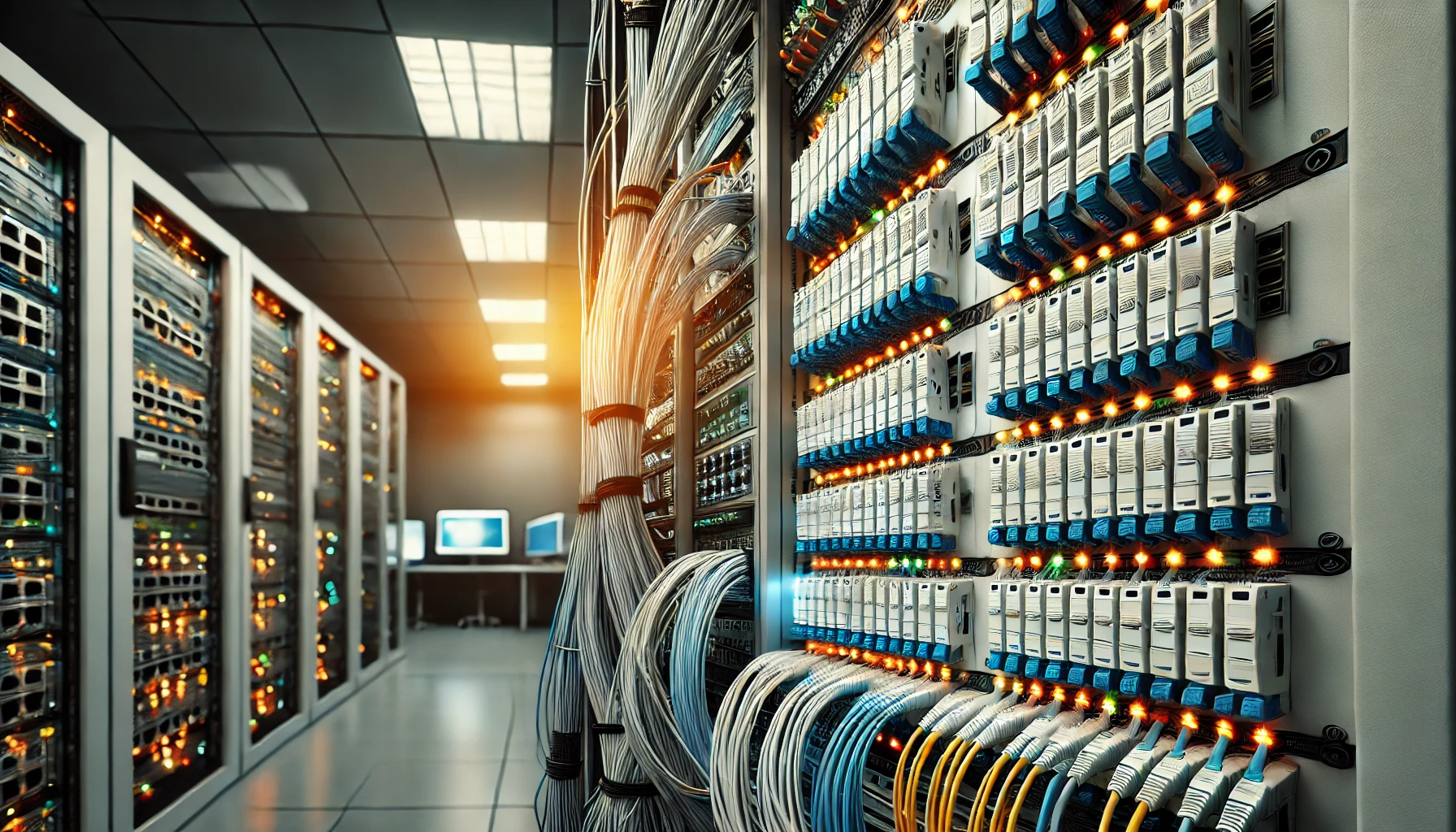In networking, the fiber distribution panel (FDP) is a crucial hub for organizing and managing fiber optic cables. It’s the backbone of your structured cabling system, ensuring efficient and reliable data transmission. In this blog post, we’ll delve into the importance of FDPs and how they can optimize your network infrastructure.
An FDP is a physical enclosure that houses fiber optic terminations. It provides a centralized location for connecting fiber optic cables to various network components, such as switches, routers, and servers. FDPs are essential for managing and organizing the complex network infrastructure found in modern data centers, offices, and other facilities.
The Role of FDPs in Fiber Optic Networks
Fiber Distribution Panels (FDPs) are crucial in fiber optic networks because:
- They centralize connections: FDPs offer a centralized location to connect fiber optic cables, simplifying network management and maintenance.
- They enhance cable management by organizing cables within the FDP, which reduces the risk of damage or confusion.
- They facilitate network expansion: FDPs are designed to accommodate future growth, allowing for easy addition of new devices or connections as the network expands.
- They enhance reliability: FDPs can improve network reliability by providing an organized environment for fiber optic connections.

Different Types of FDPs
There are several types of FDPs available, each with its unique features and applications:
- Wall-Mounted FDPs: These FDPs are typically mounted on walls and are suitable for smaller networks or applications where space is limited.
- Rack-Mounted FDPs: Rack-mounted FDPs are designed to be installed in standard equipment racks and are ideal for larger networks or data centers.
- Patch Panels: Patch panels are a type of FDP specifically designed to connect fiber optic cables to network devices.
Installing and Managing Fiber Distribution Panels
Proper installation and management of FDPs are essential for ensuring optimal network performance. Here are some key considerations:
- Labeling: Clearly label all cables and connections within the FDP to facilitate management and troubleshooting.
- Testing: Regularly test the connections within the FDP to ensure their integrity.
- Maintenance: Periodically inspect the FDP for signs of damage or wear and take appropriate corrective action.
Conclusion
Fiber distribution panels play a crucial role in the modern Networking infrastructure by providing a centralized location to terminate and organize fiber optic cables. They come in various types, such as patch panels, splice panels, and interconnect panels, each serving different functions in managing fiber optic connections.
When it comes to installation, it’s important to consider factors such as cable management, proper labeling, and adherence to industry standards to make sure efficient and reliable performance. Additionally, implementing best practices for managing fiber distribution panels , such as maintaining cleanliness, organizing cables, and regularly inspecting any issues, contributes to a more optimized and resilient network environment.


